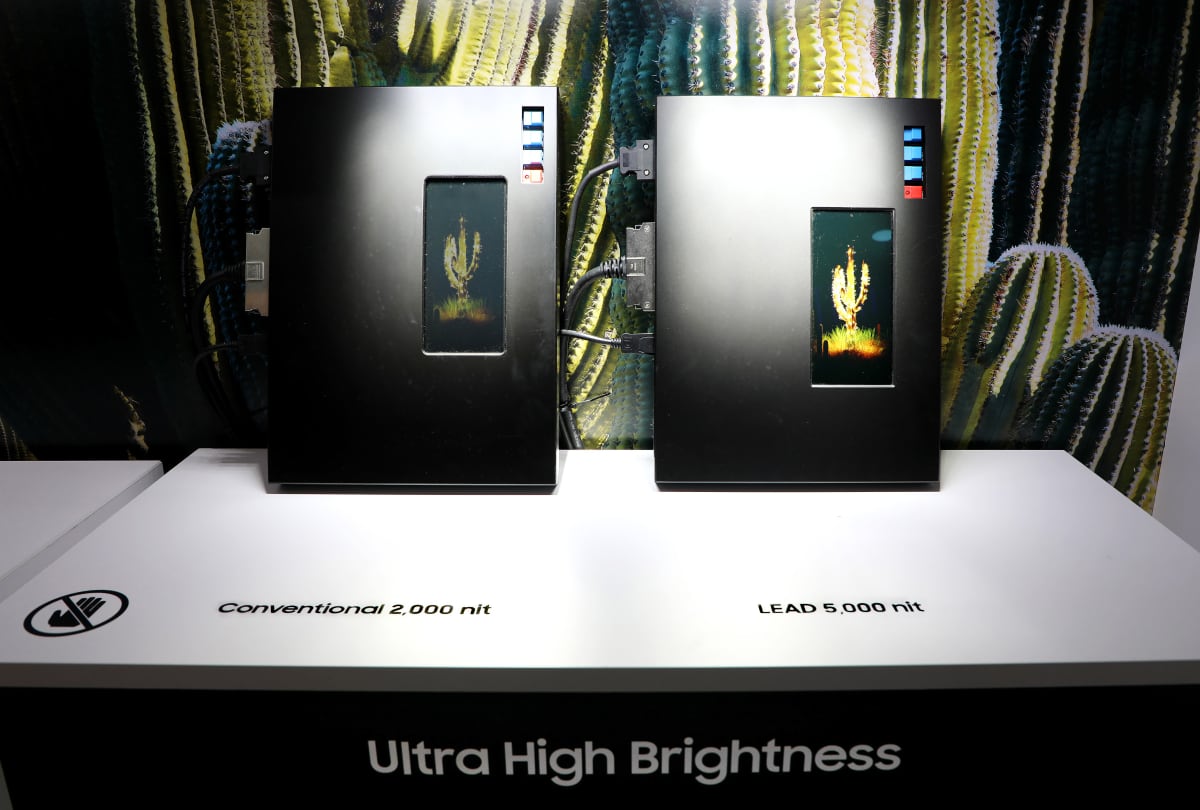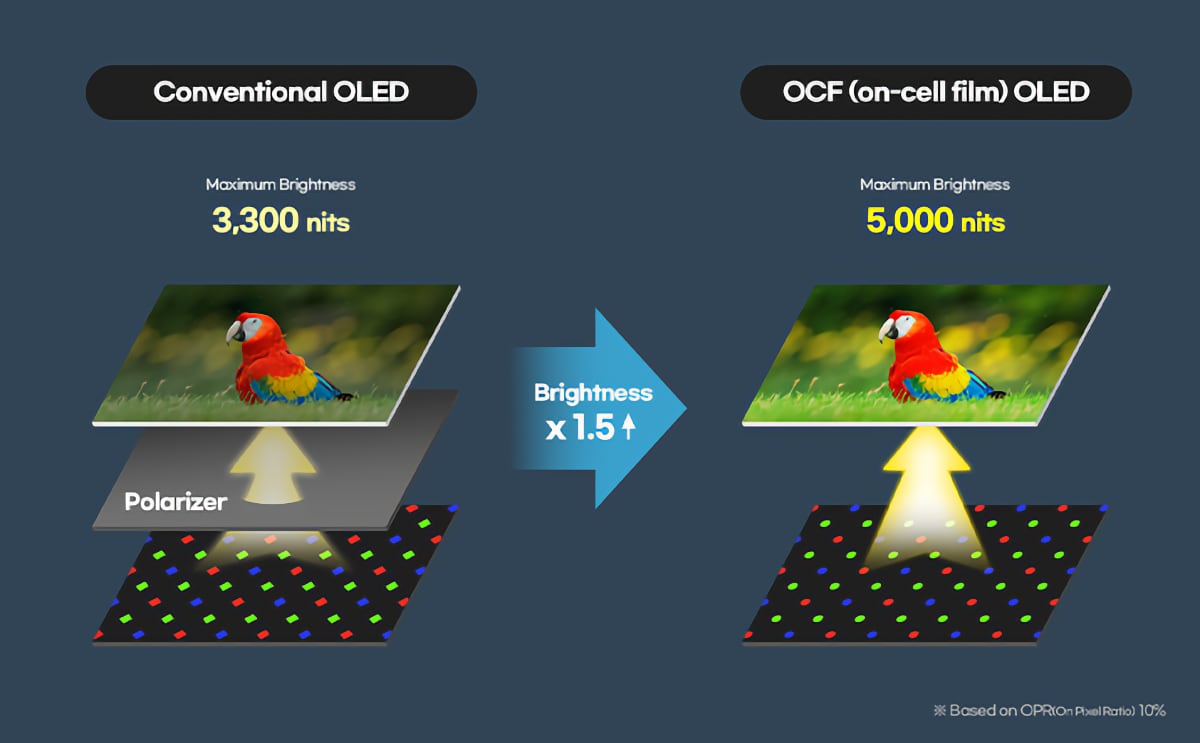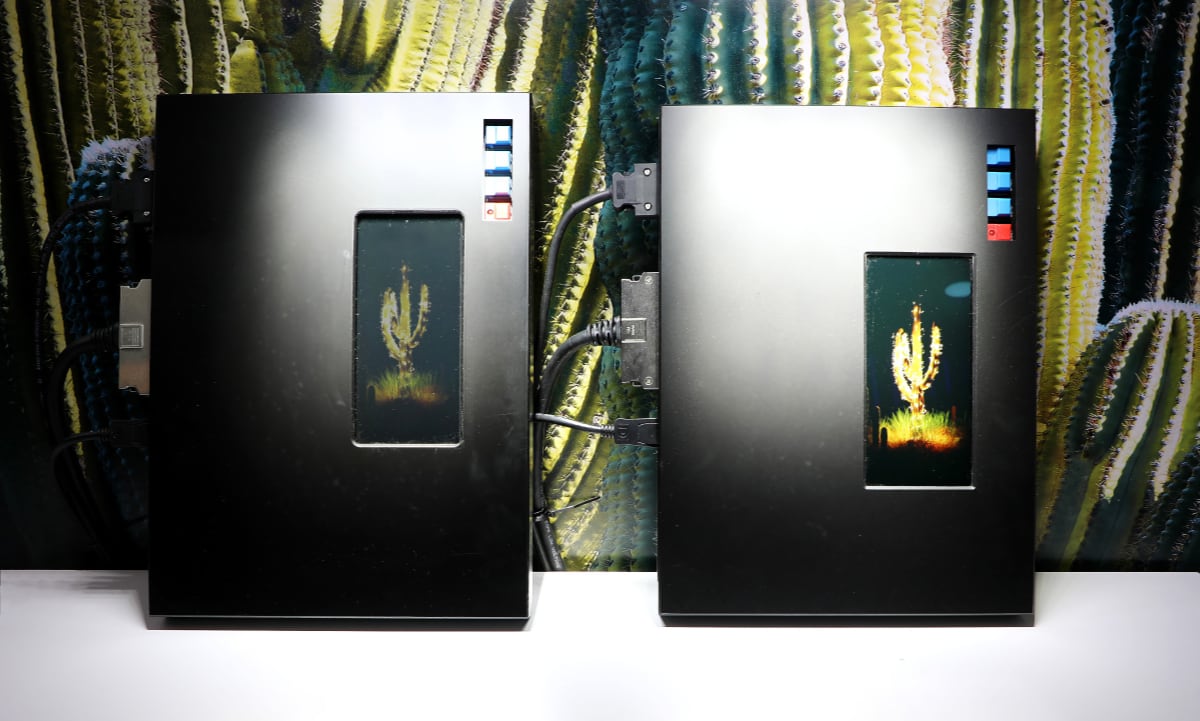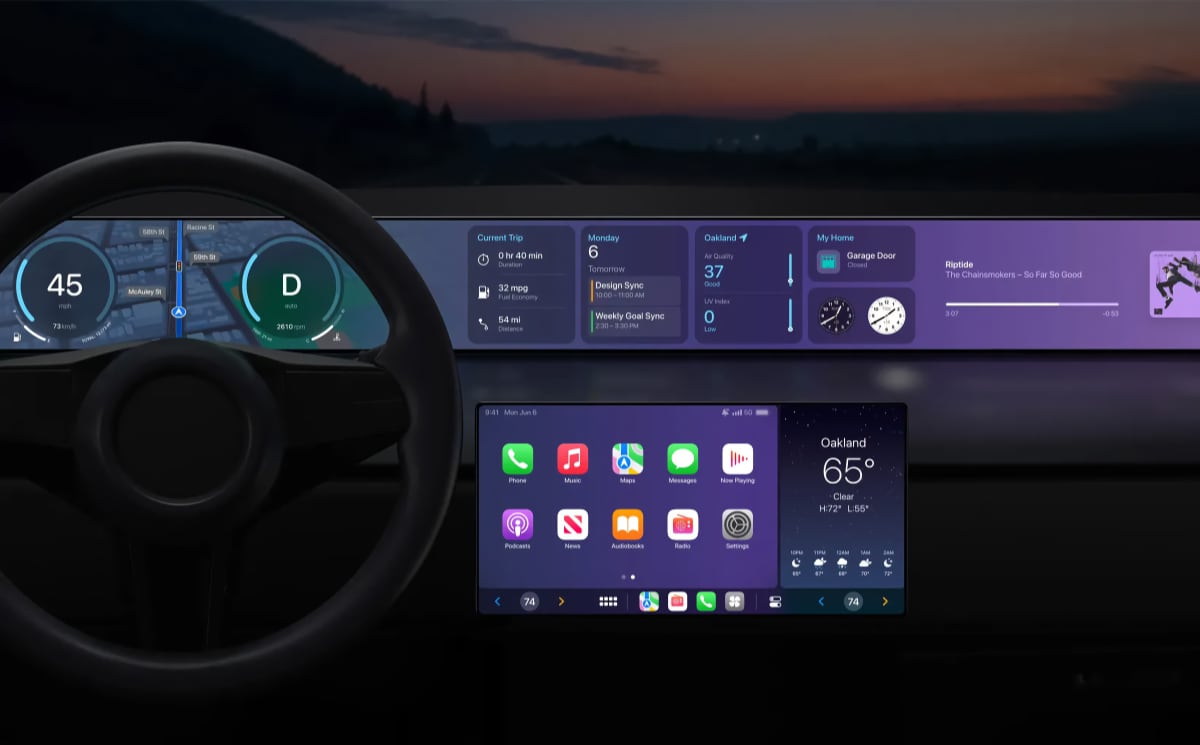OLED display technology continues to improve rapidly, with Samsung Display's latest OLED panel for smaller devices reaching up to 5000 nits peak brightness.
A polarizer layer blocks external light from entering the display but can reduce brightness by more than 50%. Removing it increases luminance but may impact contrast and black levels, requiring alternative solutions.
In 2021, Samsung Display introduced its first OLED panel without a separate polarizer, originally known as Eco2 OLED.
Now up to 5000 nits brightness
A further optimized version of this polarizer-less technology, called on-cell-film (OCF) – also known as Color filter On Encapsulation (COE) – brings additional gains in energy efficiency and brightness.
- "The maximum brightness of 5,000 nit can be achieved when the on-pixel-ratio (OPR), which measures the percentage of active pixels on the screen, is at 10%. It can also reach over 3,000 nits under normal use, such as watching videos. A display with OCF technology provides a screen 1.5 times brighter than a display with a polarizer while maintaining the same power consumption," explained Samsung Display.

OCF (on-cell film) OLED now hits 5000 nits, according to Samsung DIsplay
The new technology is being exhibited this week at the Mobile World Congress in Barcelona.
Last year, Chinese brands claimed that their latest OLED smartphones can reach 4500 nits. However, this was only possible with less than 1% of the panel illuminated.
Also read: 2025 QD-OLED TV panel to hit 4000 nits, announces Samsung Display

Conventional OLED vs. OCF OLED
Expanding beyond foldables
Polarizer-less OLED panels were initially used exclusively in foldable devices but are now expanding to regular smartphones as well as tablets and laptops, where OLED is beginning to replace LCD technology.
- "Initially applied to Samsung's foldable smartphones, OF technology is now being expanded to bar-type smartphone and a rollable laptop. Recently, OF technology was featured in the Realme's flagship smartphone 'GT7 Pro' and Lenovo ThinkBook Plus G6 Rollable," said Samsung Display.
Samsung Display's OLED panels are used in devices from many brands including Samsung Electronics, Apple, Dell and Lenovo.
The display maker added that replacing 1 million LCD panels with the new OCF OLED panels would result in 474 tons of CO2 savings due to the reduced amount of plastic used.
More panel makers have recently started producing polarizer-less OLED panels.
Also read: Future display technologies: QD-EL, Ultraviolet micro-LED, OLED, more
Multiple display makers are currently making big investments into new OLED factories to supply panels for tablets, laptops and monitors.









